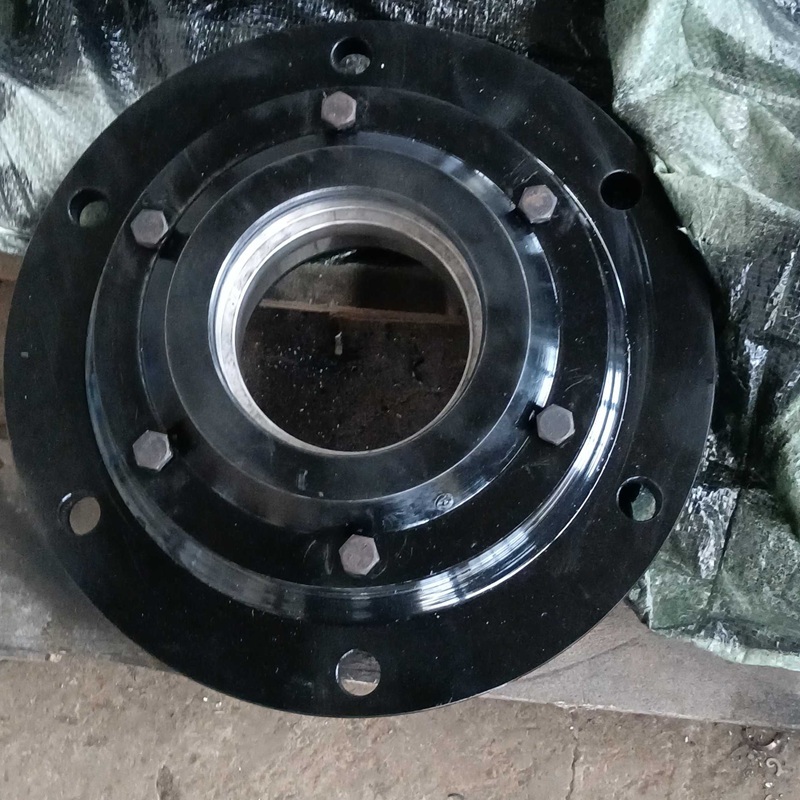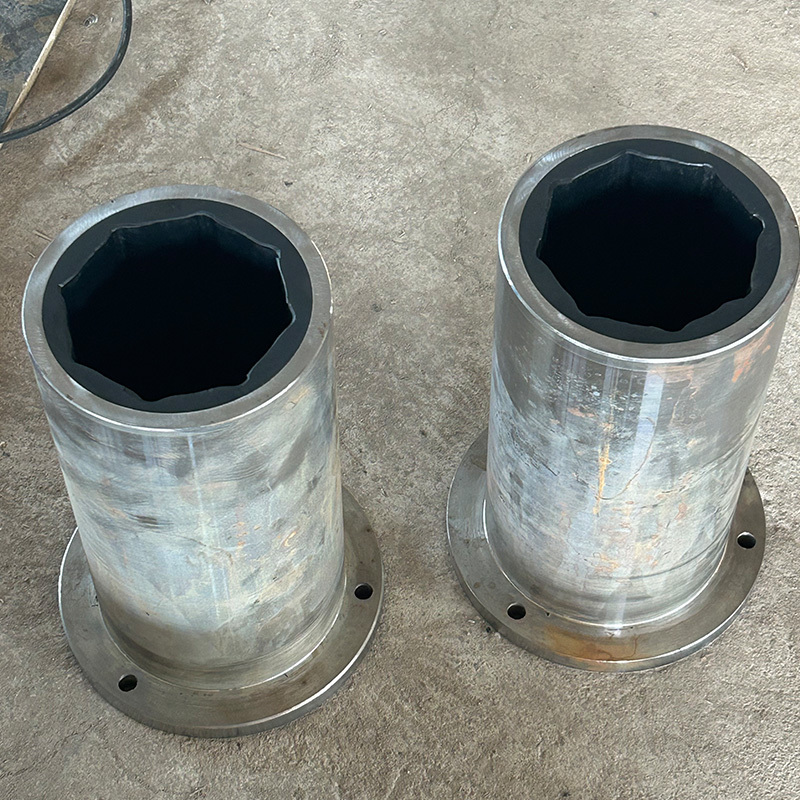The Essential Guide to Propeller Shafts in Marine Transport
Release Time:
Apr 28,2025
--- Propeller shafts are vital components in the marine transportation and shipping industry, playing a crucial role in the propulsion systems of vessels. These shafts connect the engine to the propeller, allowing the transfer of mechanical energy generated by the engine to the propeller, which in turn propels the vessel through water. This functionality is essential for the effective operation of
---
Propeller shafts are vital components in the marine transportation and shipping industry, playing a crucial role in the propulsion systems of vessels. These shafts connect the engine to the propeller, allowing the transfer of mechanical energy generated by the engine to the propeller, which in turn propels the vessel through water. This functionality is essential for the effective operation of various types of watercraft, including cargo ships, fishing vessels, and recreational boats.
The construction of propeller shafts typically involves high-strength materials, such as stainless steel or composite materials, to withstand the harsh marine environment. The shaft must endure significant torsional and bending stresses while also resisting corrosion from saltwater exposure. Proper design and material selection are paramount in ensuring the shaft's durability and performance over time.
One of the critical aspects of propeller shaft design is its alignment. Misalignment can lead to excessive wear and tear, vibration, and ultimately, a decrease in efficiency. Therefore, periodic alignment checks are essential for maintaining optimum performance. Professionals in the marine industry should be familiar with the tools and techniques for aligning propeller shafts, ensuring that they operate within the manufacturer’s specified tolerances.
Regular maintenance is also vital for the longevity of a propeller shaft. This includes routine inspections for signs of wear, corrosion, or damage. Lubrication of bearings and seals is essential to prevent friction and prolong the life of the propeller shaft assembly. Additionally, professionals should monitor the balancing of the shaft, as an unbalanced shaft can lead to vibrations that not only affect performance but can also cause damage to other components in the propulsion system.
In the event of damage or failure, immediate assessment and repair are necessary to minimize downtime. Replacement or repair of a propeller shaft can be complex and should be handled by qualified personnel who understand the intricacies of marine propulsion systems. It’s recommended to keep a log of maintenance activities and replacements, as this helps in identifying recurring issues and planning for future needs.
In conclusion, understanding the importance of propeller shafts and their proper maintenance can greatly enhance the reliability and efficiency of marine vessels. By prioritizing regular checks, alignment, and maintenance, professionals in the marine transport industry can ensure that their vessels perform at peak efficiency, thus maximizing productivity and safety on the water.
Propeller shafts are vital components in the marine transportation and shipping industry, playing a crucial role in the propulsion systems of vessels. These shafts connect the engine to the propeller, allowing the transfer of mechanical energy generated by the engine to the propeller, which in turn propels the vessel through water. This functionality is essential for the effective operation of various types of watercraft, including cargo ships, fishing vessels, and recreational boats.
The construction of propeller shafts typically involves high-strength materials, such as stainless steel or composite materials, to withstand the harsh marine environment. The shaft must endure significant torsional and bending stresses while also resisting corrosion from saltwater exposure. Proper design and material selection are paramount in ensuring the shaft's durability and performance over time.
One of the critical aspects of propeller shaft design is its alignment. Misalignment can lead to excessive wear and tear, vibration, and ultimately, a decrease in efficiency. Therefore, periodic alignment checks are essential for maintaining optimum performance. Professionals in the marine industry should be familiar with the tools and techniques for aligning propeller shafts, ensuring that they operate within the manufacturer’s specified tolerances.
Regular maintenance is also vital for the longevity of a propeller shaft. This includes routine inspections for signs of wear, corrosion, or damage. Lubrication of bearings and seals is essential to prevent friction and prolong the life of the propeller shaft assembly. Additionally, professionals should monitor the balancing of the shaft, as an unbalanced shaft can lead to vibrations that not only affect performance but can also cause damage to other components in the propulsion system.
In the event of damage or failure, immediate assessment and repair are necessary to minimize downtime. Replacement or repair of a propeller shaft can be complex and should be handled by qualified personnel who understand the intricacies of marine propulsion systems. It’s recommended to keep a log of maintenance activities and replacements, as this helps in identifying recurring issues and planning for future needs.
In conclusion, understanding the importance of propeller shafts and their proper maintenance can greatly enhance the reliability and efficiency of marine vessels. By prioritizing regular checks, alignment, and maintenance, professionals in the marine transport industry can ensure that their vessels perform at peak efficiency, thus maximizing productivity and safety on the water.
Keywords:
More information




